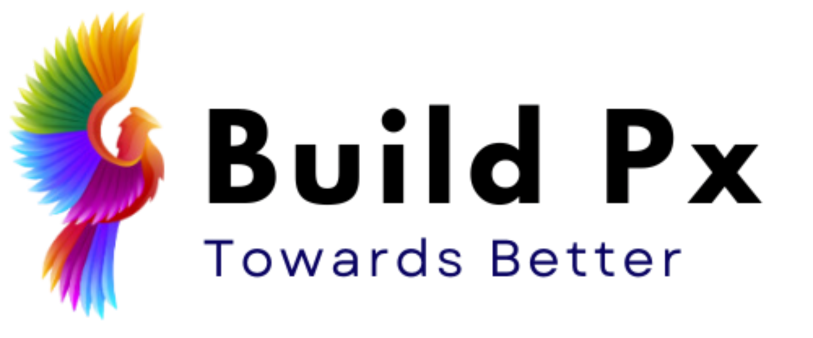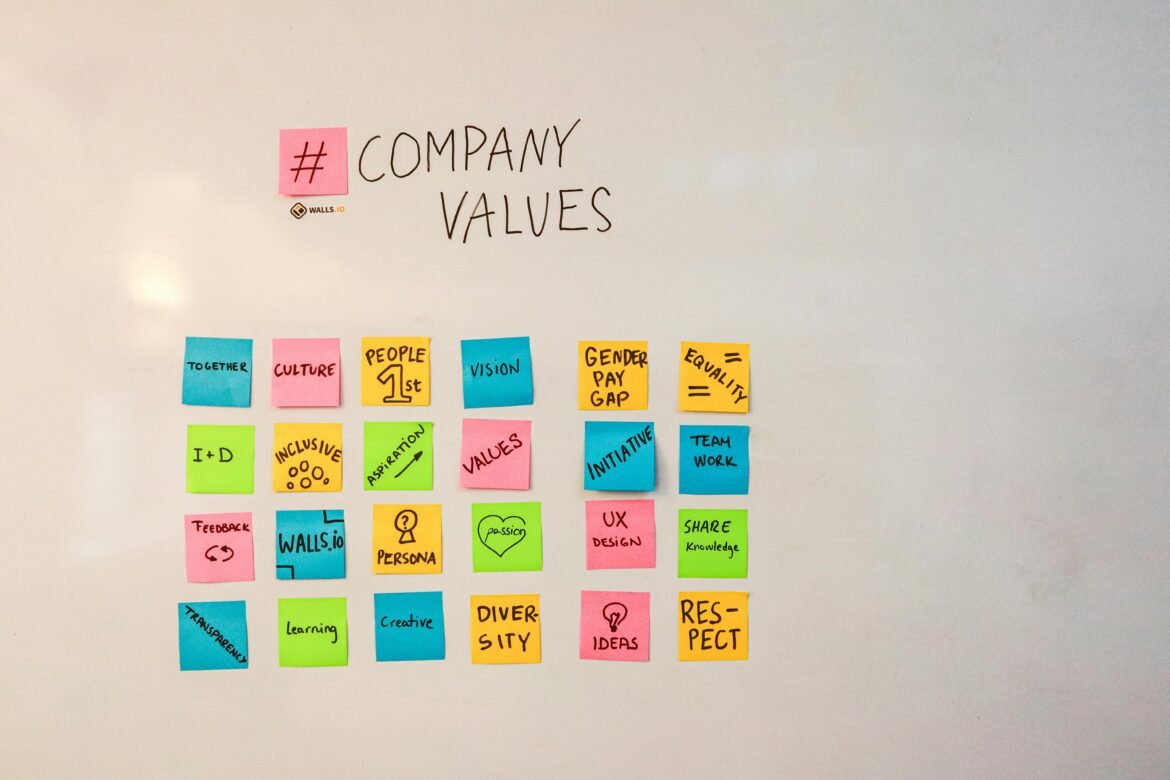A guide to understanding the data, meeting WGEA requirements, and driving meaningful change.
Introduction
Australia’s gender pay gap remains a persistent challenge. Despite ongoing efforts, a significant pay disparity still exists between men and women. Recent 2025 data from the Workplace Gender Equality Agency (WGEA) highlights this gap in median total remuneration.
This issue impacts individual financial security. It also affects economic productivity, social equity, and a business’s reputation. For Australian businesses, bridging this divide is no longer just an ethical issue. It is critical for attracting and retaining talent, fostering a positive culture, and ensuring long-term success.
This article explores the current state of the gender pay gap in Australia. We will discuss the significance of WGEA reporting and outline actionable strategies for businesses. We will also focus on how outsourced HR solutions can help drive meaningful change.
Understanding the Gender Pay Gap and WGEA Reporting
The gender pay gap is not just about unequal pay for the same job. It is a more complex issue. It reflects the difference between the average earnings of all women and men in the workforce. Various factors influence this disparity.
Key Factors Influencing the Pay Gap
- Industry and Job Segregation: Women are often concentrated in lower-paid industries, while men tend to dominate higher-paid sectors.
- Part-time Work and Career Breaks: Women are more likely to work part-time or take career breaks for caring duties. This can impact their career progression and earning potential.
- Lack of Women in Leadership: The underrepresentation of women in senior leadership roles contributes significantly to the overall pay gap.
- Unconscious Bias: Subtle biases in hiring, promotion, and pay decisions can inadvertently disadvantage women.
The Role of WGEA Reporting
The Workplace Gender Equality Agency (WGEA) plays a crucial role in promoting gender equality. Since January 1, 2025, WGEA’s mandatory public reporting laws have greatly increased transparency. Large employers (100+ staff) must now publicly disclose their gender pay gap data. This public disclosure has had a profound impact.
- Increased Scrutiny: The release of company-specific data has put a spotlight on organisations with large pay gaps. This has led to more scrutiny from the public, employees, and investors.
- Greater Accountability: Businesses can no longer use generic statements to explain disparities. The data forces them to examine representation and pay at every level.
- Detailed Data: WGEA’s framework goes beyond base pay. It includes median and mean gaps and breakdowns by manager level. This detailed data reveals systemic patterns that previously went unnoticed.
- Pressure for Action: Employees now use this public data to inform their job decisions. Investors and partners are also scrutinising the figures. This creates strong pressure for companies to develop urgent action plans.
While the national average gender pay gap may be narrowing, the WGEA data shows significant variations between organisations. Every employer must now take ownership of their numbers. They must actively work towards closing their specific pay gaps. A reactive approach is no longer sustainable in this new era of transparency.
Unsure how to interpret your WGEA report or where to start? Our HR experts can help you develop a clear action plan.


Leave a Reply